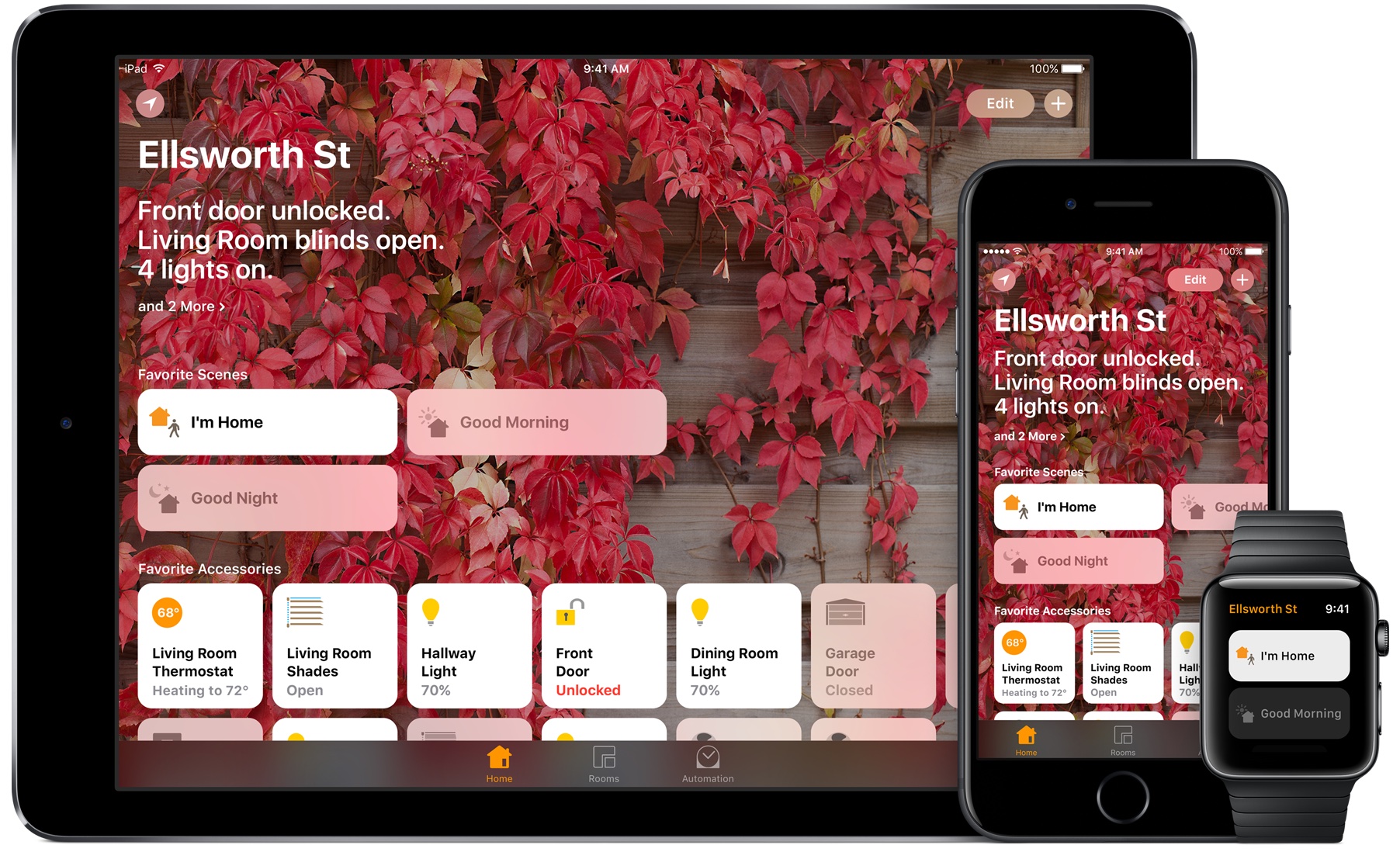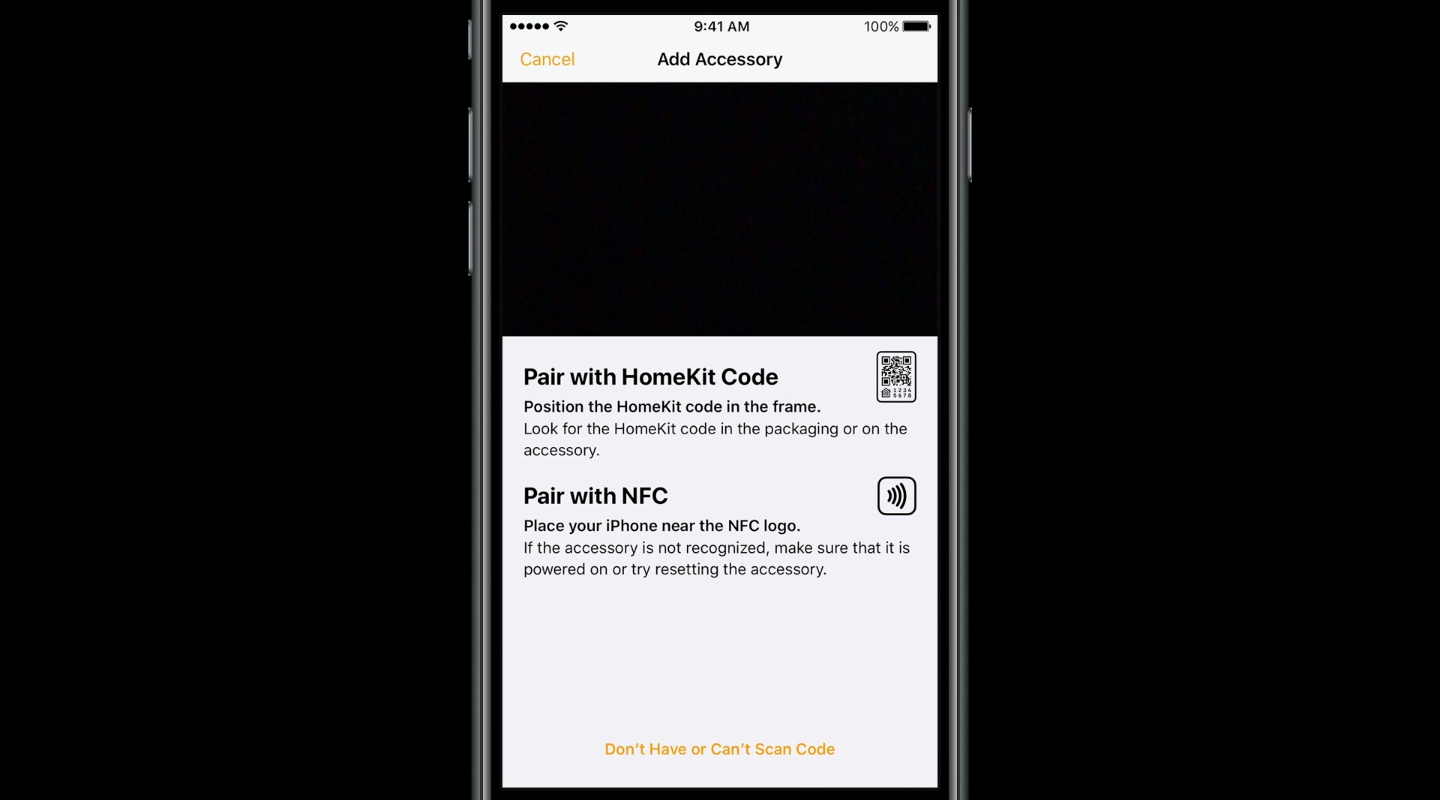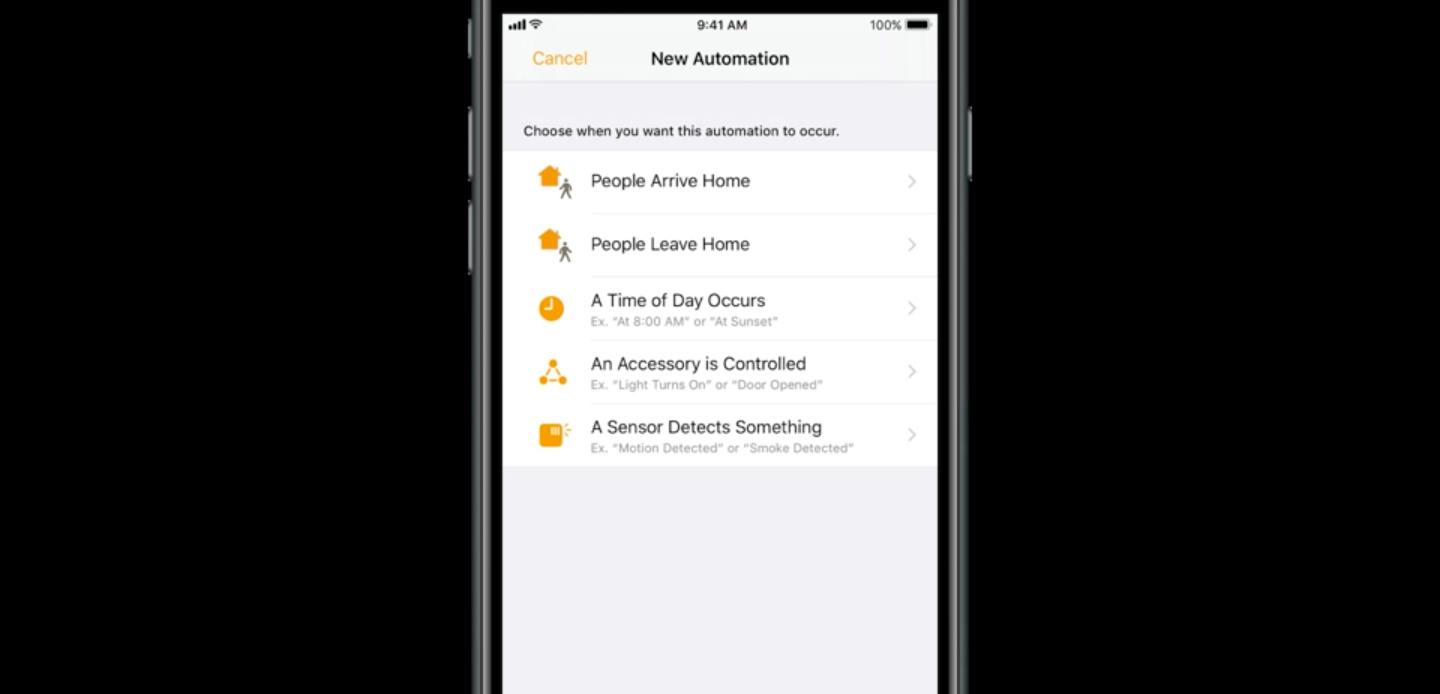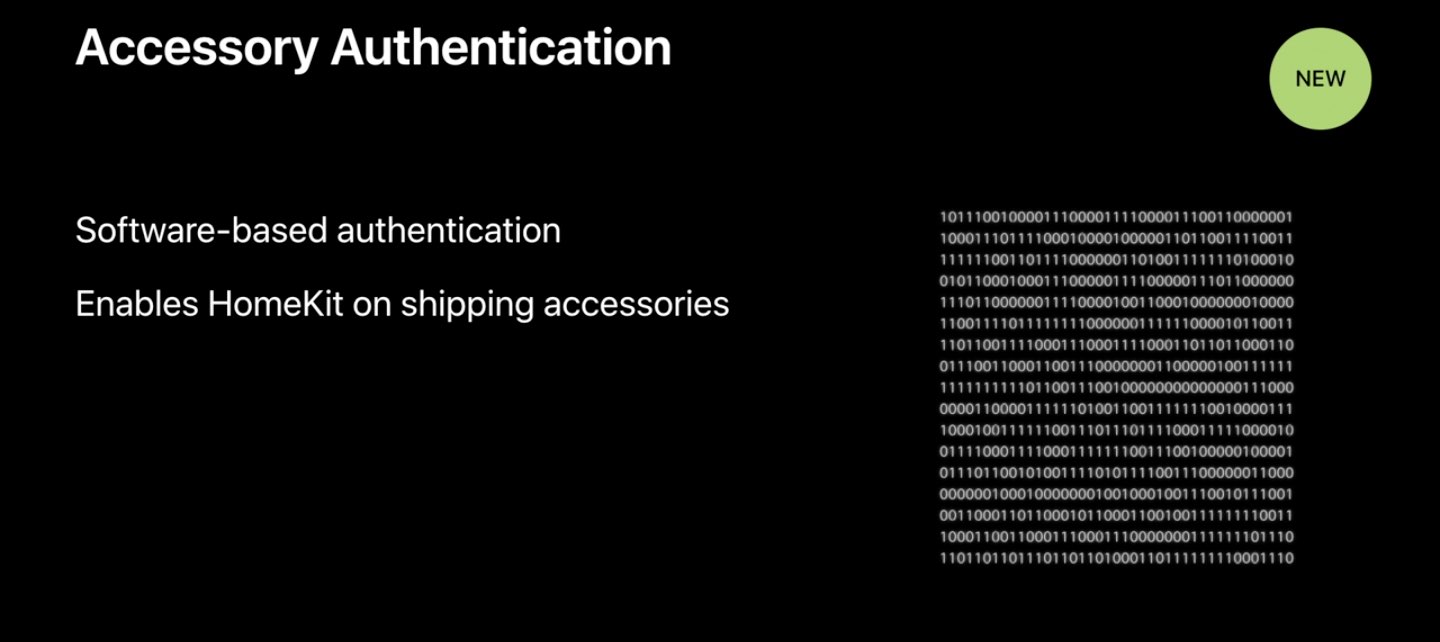
As we previously outlined, quite thoroughly, iOS 11 and watchOS 4 introduce many cool new features for HomeKit across iPhone, iPad and Apple Watch devices.
As a quick reminder, HomeKit is Apple’s software framework introduced three years ago with iOS 8 that allows you to easily configure, manage and control smart home appliances using Siri and the Home app on your iPhone, iPad and Apple Watch.
HomeKit now supports new types of devices, provides even easier setup, dramatically improves latency, lets incompatible hardware gain HomeKit features via a firmware update and even opens up development for experimentation and exploration.
Video: 20 new HomeKit features in iOS 11
Before we dive into specifics, give Andrew’s video walkthrough a quick watch.
Subscribe to iDownloadBlog on YouTube
Here’s the full list of the features Andrew discusses in the video:
New Accessories
- Faucets
- Sprinklers
- Speakers
New Home app features
- QR pairing
- NFC pairing
- Multi-person location triggers
- Sunrise/sunset times (can now be before or after sunset by xxx minutes)
- Time-based event triggers (i.e. turn the lights on at 5:30)
- Day of the week reoccurrence
- Home occupancy gate (i.e. only run this if I’m home)
- New toggle allows you to opt into HomeKit rules
- Timers (auto off after 1-60 minutes)
- Notifications based on location
- Notifications based on time
- Small app changes like a relocated trigger-creation button
Features for developers
- Hardware encryption no longer required
- Build your own accessories (Raspberry pi, etc.)
- Vastly improved Bluetooth latency
- Event threshold
- One-time events
The new HomeKit features require iOS 11 or later. Siri and the Home app for Apple Watch support these new capabilities with watchOS 4 or later. HomeKit is unsupported on macOS.
Your home just got smarter & more connected
With HomeKit, you can now control sprinklers, faucets and AirPlay 2 speakers like HomePod.
Setting up a HomeKit accessory in the Home app has been simplified and is now as easy as scanning a tiny QR Code on the device’s back, even if it’s powered off. And thanks to support for NFC tags, authenticating a HomeKit device can be as easy as tap-and-pair.

Because Apple is now using a new system based on secure broadcast sessions to send notifications to HomeKit devices, you’ll experience significantly reduced Bluetooth latency from a few seconds down to under a second.
All existing accessories benefit from improved responsiveness when you update to iOS 11.
New date-based events permit HomeKit triggers to fire off at certain times, like 5pm every day, or right before sunrise or sunset (with positive or negative offsets), with support for custom condition between two significant events.
Custom thresholds allow you to set your air conditioning to kick in automatically when the temperature in the home rises above 76 degrees, when it’s between 50 and 76 degrees, etc.

Presence information allows HomeKit to automatically trigger a scene when your arrive or leave home, or even when the last known user leaves home (thanks to multi-user support) or the first user arrives home to an empty house.
A new recurrences feature lets HomeKit run triggers on certain days of the week. Do you like to sleep a little longer on Saturdays? If so, this little feature now allows you to restrict the execution of your “Good morning” scene to workdays only.
With AirPlay 2, you can control multi-room audio playback through HomeKit and it’s totally great that Apple now allows enthusiasts to tinker with HomeKit and build their own devices from scratch, for personal use, without an MFi license.

And last but not least, manufacturers can now add HomeKit compatibility to their non-HomeKit accessories due to Apple’s relaxed licensing terms that no longer require that vendors use a dedicated encryption chip—that’s right, updated HomeKit specification now allows all HomeKit authorization to go through software.
All of these cool new features in HomeKit are available across iOS 11, watchOS 4 and tvOS 11 (which turns your fourth-generation Apple TV into a remote hub for HomeKit).
Do you use HomeKit?
Do you own, and how many, HomeKit-compatible products? If so, which ones and what has your experience with HomeKit been so far? Please share your thoughts and experience with HomeKit with fellow readers down in the comments.
I currently don’t own any HomeKit devices but am planning on getting some smart bulbs to see how it goes. If you’re wondering why all he fuss about Apple’s system for the connected home, go to an Apple Store and experience HomeKit for yourself.